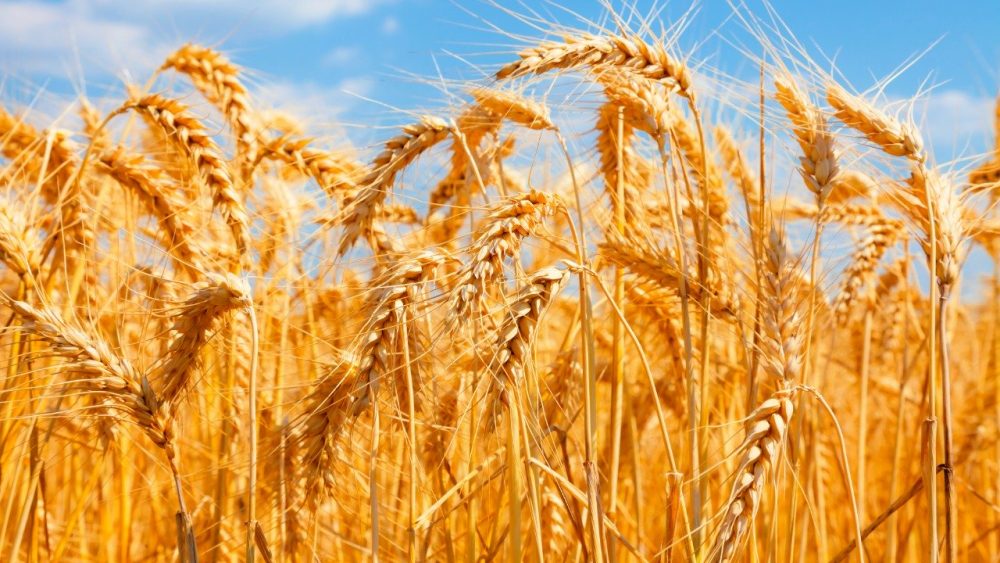Recent heavy rains and hailstorms in various districts of Punjab have caused extensive damage to the wheat crop, according to officials of the provincial agriculture department.
Estimates suggest that between 5 to 6 percent of the wheat crop, valued at Rs. 23 billion, has been destroyed. The rainfall and hail have continued over the last two weeks, uprooting plants and affecting up to 50% of the standing crops, with some farmers estimating a higher rate of 70%.
According to data, the rains have partially damaged 800,000 acres and completely destroyed 30,000 acres out of the 10.614 million acres of wheat as of March 30, 2023.
The districts of Sheikhupura and Nankana Sahib are among the most affected areas, with an estimated crop loss of 40%, followed by 14.8% in Muzaffargarh, 14.8% in Sahiwal, 12.9% in Toba Tek Singh, 12.5% in Okara, and 10.5% in Bhakkar and Pakpattan.
Dr. Abdul Qayyum, Director of Punjab Crop Reporting Service, reported that 20% of the production in the affected areas has been partially destroyed, with an average yield per acre ranging from 31 to 24 mann under normal conditions. Based on available data, the total loss is estimated at 236,000 tons, valued at Rs. 23 billion at a rate of 3,900 rupees per mann.
Farmers, however, have challenged the official estimates, with some claiming that the actual losses are much higher. President of Pakistan Kisan Ittehad, Khalid Mehmood Khokar, noted that during his journey from Multan to Islamabad, he saw wheat crops destroyed in different regions.
Similarly, President of Pakistan Kisan Board, Chaudhry Shaukat, confirmed that up to 70% of the crops in certain areas have been destroyed by the hail and storms, resulting in a loss of 15 mann per hectare.
The crop damage is expected to impact the supply of wheat, with concerns over the availability of the commodity. Dr. Javed Ahmed, Director of Wheat Research Institute Faisalabad, explained that even if the crop is damaged, it does not necessarily mean complete loss. If the plant is still alive at an angle of 30% from the ground, there is no problem.
However, if the plant is completely planted on wet ground, it can get damaged. Dr. Javed also noted that farmers must take care in harvesting the sitting crop to avoid further loss, and must arrange for regular workers to assist with the harvest.






















